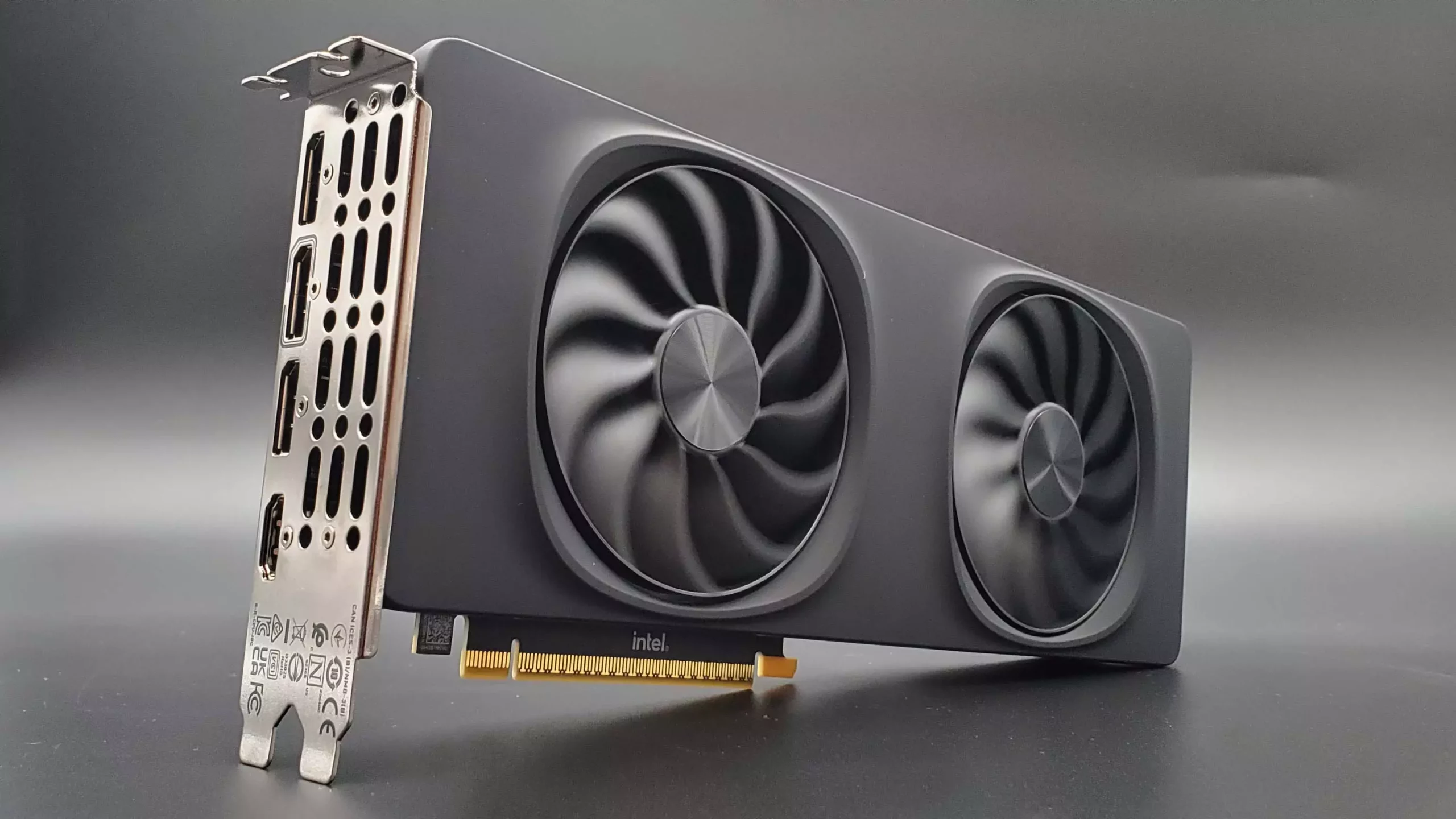The graphics card landscape has always been a hotbed of innovation, and as we eagerly anticipate the next big leap forward, whispers of a new contender have surfaced. Intel, a long-established titan in the CPU arena, is stealthily transitioning into the GPU market with its Battlemage series. A recent revelation, involving the G31 GPU, suggests we might be on the brink of something revolutionary. This could potentially be the $400 gaming GPU that enthusiasts have long desired, one that might rival the performance of high-end models such as Nvidia’s RTX 5070 while being priced more accessibly.
Industry perspectives hint that this G31 GPU has been spotted in shipping manifests, thanks to information shared by X user Haze2K1 via Videocardz. The anticipation is palpable; the G31 is rumored to be the next major step in Intel’s Battlemage lineage, expected to be packed with a robust 32 execution units (EUs). In contrast, the existing Intel Arc B580 GPU consists of just 20 EUs. Based on this, it becomes evident that the G31 could deliver up to 50% enhanced performance, potentially positioning itself competitively against the likes of AMD’s Radeon RX 9070 and Nvidia’s RTX 5070.
The Fine Line Between Rumor and Reality
However, it’s crucial to approach these announcements with a dash of skepticism. While the presence of a G31 GPU in shipping data provides a tantalizing glimmer of hope, it does not unequivocally confirm plans for a retail release by Intel. A recent report suggested that the G31 chip’s journey towards consumers might have been abruptly halted late last year. The shipping manifest merely labels it as an “R&D” item—an all-too-common mantra for pre-launch products. Without official word from Intel, the existence of this chip remains enshrouded in uncertainty.
Worse yet, as the window for a competitive GPU offering grows narrower, there are concerns that if a G31 release were to occur, it could miss its mark. Competitors Nvidia and AMD are continuously enriching their offerings, with expectations of their next-generation cards debuting towards late 2026 or early 2027. Consequently, unless Intel manages to rally the G31 release by 2025, even a powerhouse GPU may not create the disruption enthusiasts hope for.
Promise in Performance and Pricing
Despite the clouds of uncertainty, the possibility of a G31-based graphics card excites many in the gaming community. If it is released at a competitive price point around the $400 mark, it holds significant promise. Intel’s existing B580 cards already exhibit impressive features, including commendable ray-tracing capabilities and decent utilization of Intel’s XeSS upscaling technology, which has earned it respect among gamers.
The recent trend has seen both AMD and Nvidia hike their prices, leaving the market ripe for a disruptor. Intel’s aggressive pricing strategy observed with the Arc B580 and B570 GPUs indicates that if the G31 does grace the market, it could not only undercut more expensive rivals but also deliver equivalent, if not better, performance. The prospect of achieving RTX 5070 capabilities at a fraction of the cost is nothing short of thrilling.
A Wait Worth Having? Fingers Crossed
Enthusiasts and casual gamers alike have every reason to keep their hopes alive regarding the G31 GPU. While the path is fraught with uncertainties and potential pitfalls, the simple act of having an emerging competitor in the graphics card market could benefit consumers significantly. The anticipation is not just about power—it’s about options. Choices drive innovation, and with Intel’s mighty ambition, the G31 could usher in an exciting new era for gaming graphics.
As the gaming community watches closely, the fervent hope remains: Will Intel rise to the occasion and deliver a G31 graphics card that mirrors its promise? The interplay of performance and pricing has reached fever pitch, and consumers stand ready, fingers crossed, for the next big breakthrough in gaming technology. Only time will reveal if Intel has indeed unlocked the potential of the Battlemage GPUs, and whether the G31 will emerge as a game-changer in the GPU landscape.

